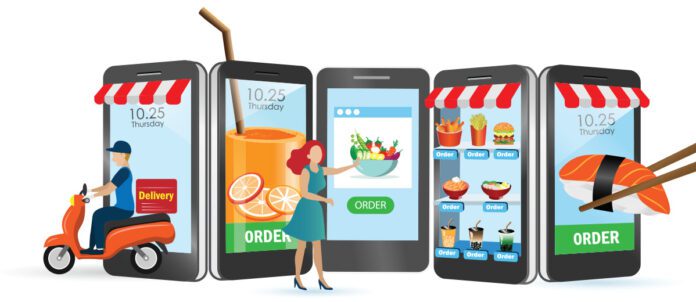By Vince Sgabellone
Has digital ordering in foodservice peaked? Ever since the end of restaurant restrictions in the spring of 2022, digital share of occasions in Canada has held steady at just below 12 per cent after peaking at 16 per cent share during the height of the pandemic. The latest CREST Canadian foodservice industry tracking data from Circana shows the overall market grew occasions by seven per cent over the past year, while digital declined by two per cent A portion of this decline is attributed to the return of on-premise visits, which typically don’t involve a digital order. Perhaps there’s another reason at play for this softness in digital ordering.
I have become a regular user of restaurant mobile apps and appreciate their convenience … usually. On a recent evening, my wife and I decided we didn’t feel like going out. We attempted to place an order on our favourite app. Our first attempt failed when we discovered the new restaurant we wanted to try had an indecipherable digital menu. We then placed an online order at one of our usual restaurants, only to discover 15 minutes later that they were no longer supporting this particular app, despite the app having taken our order — and our money. While my wife worked on getting our refund, I turned to another app and tried to place a third order. Halfway through, the app flickered. My order was gone. Three attempts on two different apps. All failed for different reasons. We gave up, went to the freezer, and defrosted some leftovers. For an industry struggling to attract as many customers and maintain as much revenue as possible, this was a lost opportunity.
A quick poll of my colleagues confirmed they have all experienced similar incidents of failed orders, missing menus, and uncooperative apps. Let’s turn back to the CREST data to understand if there’s truly a trend at play here.
Digging deeper into the two-per-cent decline in orders, we see only the youngest generational cohorts, Gen Z and Gen Alpha, grew their digital order traffic in the past year. Born in 1997 or later, these cohorts represent approximately 35 per cent of all digital orders, compared to just 27 per cent of total orders. Every other cohort declined in digital ordering this year, and most also declined last year. It appears older consumers have less affinity for digital ordering and have been the most eager to return to their pre-pandemic means of ordering.
Digital ordering is here to stay, and the youngest generations, the digital natives, are the future of these platforms. But in the here and now, when restaurants are struggling for every dollar, it makes sense to keep everybody happy on whichever platform they choose to use. Since younger consumers spend less per order than older consumers, the overall average spend per digital order has declined slightly this past year, while overall average spend rose by four per cent. Additionally, dealing rates on digital orders are approximately 20 percentage points higher than the overall average. Despite the increased menu pricing associated with digital orders, customers with the greatest ability to pay these prices are instead abandoning these digital platforms, in part due to challenging user experiences.
One of the early promises of digital platforms was they would provide quick and easy access to off-premise service modes, but this frictionless digital experience has yet to materialize. As a result, convenience-related visit drivers have fallen to below historic levels, and food exploration factors have risen in importance.
Operators and digital-platform providers who can effectively fulfill the promise of both these functional and experiential visit drivers will be in the best position to avoid scenarios like the one I experienced. But until this becomes widespread, the foodservice market might just stay at the peak-digital stage, with less-than-satisfied customers choosing what’s on hand at home to avoid a digital order.

















